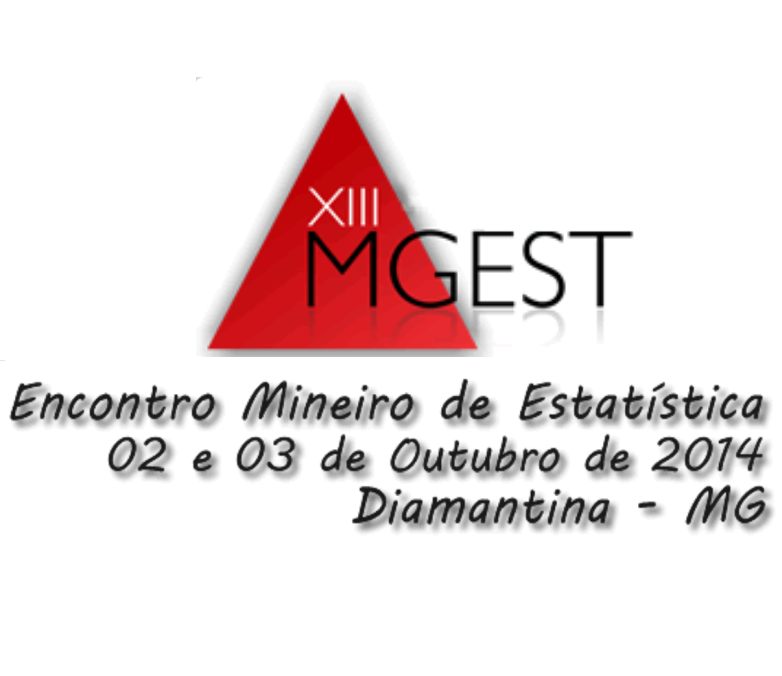A Performance Analysis of Multivariate Control Charts
Keywords:
False alarme, Design, ARL ICAbstract
The improvement and quality monitoring are concerns and needs for many organizations. Among the tools that compose the statistical process control, control charts are simple and efficient monitoring of the mean and variability of several traits evaluated. Particularly, multivariate control charts are valuable tools for the quality control of industries. The objective of this study is to determine which control charts are effective in detecting change in mean vector of a process. Therefore, the following multivariate control charts are presented: Hotelling, MEWMA, MCUSUM and ELR with ARL IC = 200. For each of them, 20,000 bivariate processes were simulated under control based on rational subgroups of 500 individual observations. From the upper limit selected to compose the graphics control, we changed the mean vector so as to observe in which subgroup rational, on average, the graphic process detects the shift. The MEWMA control chart performed better, while the ELR and MCUSUM also showed satisfactory performances.
Downloads
Published
How to Cite
Issue
Section
License
Proposta de Política para Periódicos de Acesso Livre
Autores que publicam nesta revista concordam com os seguintes termos:
- Autores mantém os direitos autorais e concedem à revista o direito de primeira publicação, com o trabalho simultaneamente licenciado sob a Licença Creative Commons Attribution que permite o compartilhamento do trabalho com reconhecimento da autoria e publicação inicial nesta revista.
- Autores têm autorização para assumir contratos adicionais separadamente, para distribuição não-exclusiva da versão do trabalho publicada nesta revista (ex.: publicar em repositório institucional ou como capítulo de livro), com reconhecimento de autoria e publicação inicial nesta revista.
- Autores têm permissão e são estimulados a publicar e distribuir seu trabalho online (ex.: em repositórios institucionais ou na sua página pessoal) a qualquer ponto antes ou durante o processo editorial, já que isso pode gerar alterações produtivas, bem como aumentar o impacto e a citação do trabalho publicado (Veja O Efeito do Acesso Livre).

